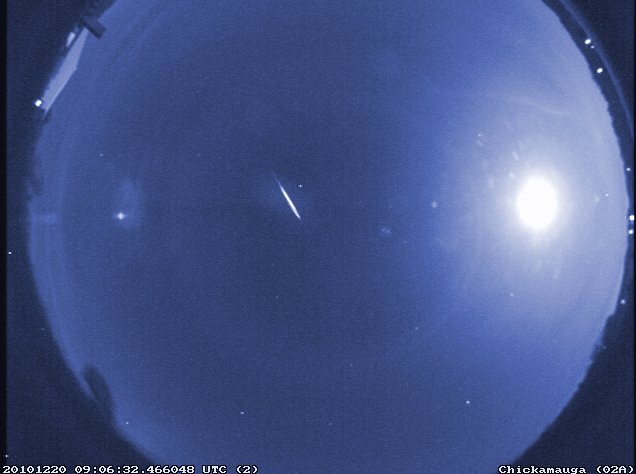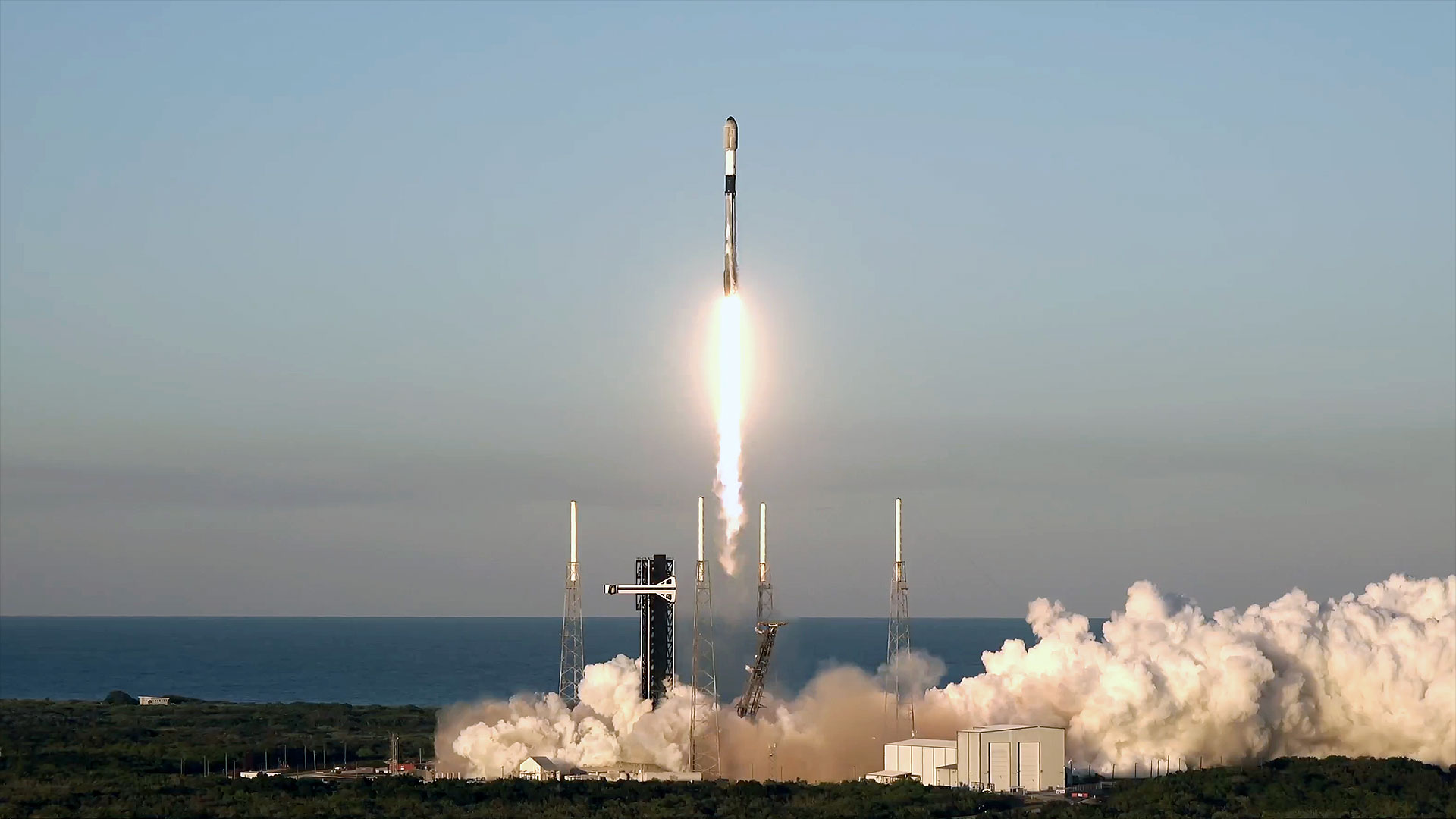Quadrantid Meteor Shower, First of 2012, May Dazzle Early Wednesday

The first meteor shower of 2012 — the lesser known Quadrantid meteor shower — will kick off a new year of skywatching when it peaks on Wednesday (Jan. 4).
While many meteor displays in 2011 were washed out by a bright moon, the Quadrantid meteor shower is expected to put on a spectacular light show, with no pesky moonlight to interfere. The peak of the Quadrantids will occur at around 2 a.m. EST (0700 GMT) on Jan. 4.
If you're planning to stay up late to catch the peak, you could be treated to meteors at a rate of 100 per hour, NASA officials said in a statement. Luckily, the waxing gibbous moon will set at around 3 a.m. local time, so as long as there are clear skies, conditions should be ripe for meteor watching into the pre-dawn hours. The sky map available here shows where to look to see the Quadrantid meteors.
Unlike the more well-known Perseid and Geminid meteor showers, the Quadrantids last only a few hours, so skywatchers have a narrower window of opportunity to spot them.
Meteor showers occur when Earth travels through leftover debris from comets or asteroids. They are often known as "shooting stars," because of the way they streak across the sky.
The Quadrantid meteors originate from an asteroid called 2003 EH1, and were first seen in 1825. According to some studies, this cosmic body could be a piece of a comet that broke apart several centuries ago, and the Quadrantids are the crumbled relics of debris from this fragmentation, NASA officials said. [12 Must-See Skywatching Events in 2012]
As Earth passes through, dust and debris will enter the planet's atmosphere a blistering speed of about 90,000 miles per hour (almost 145,000 kilometers per hour). These fragments will burn up about 50 miles (80 km) above Earth's surface, NASA officials said.
Breaking space news, the latest updates on rocket launches, skywatching events and more!
Most meteor showers get their name based on the constellations from which they appear to streak. When we look at the so-called radiants, we are looking down the paths of the meteors that strike Earth's atmosphere.
Because of the location of the radiant, at the northern tip of the constellation Bootes, only northern hemisphere skywatchers will be able to see Quadrantids.
The Quadrantids were named after the constellation of Quadrans Muralis, the wall quadrant, which is located between the constellations of Bootes and Draco. Quadrans Muralis was named by the French astronomer Jerome Lalande in 1795.
The constellation represents an early astronomical instrument that was used to observe and plot stars. Interestingly, the constellation is no longer recognized by the astronomical community, but the name lives on with the January meteor shower.
Editor's note: If you snap an amazing photo of the Quadrantid meteor shower would like to share it with SPACE.com, contact managing editor Tariq Malik at tmalik@space.com.
You can follow SPACE.com staff writer Denise Chow on Twitter @denisechow. Follow SPACE.com for the latest in space science and exploration news on Twitter @Spacedotcom and on Facebook.

Denise Chow is a former Space.com staff writer who then worked as assistant managing editor at Live Science before moving to NBC News as a science reporter, where she focuses on general science and climate change. She spent two years with Space.com, writing about rocket launches and covering NASA's final three space shuttle missions, before joining the Live Science team in 2013. A Canadian transplant, Denise has a bachelor's degree from the University of Toronto, and a master's degree in journalism from New York University. At NBC News, Denise covers general science and climate change.

